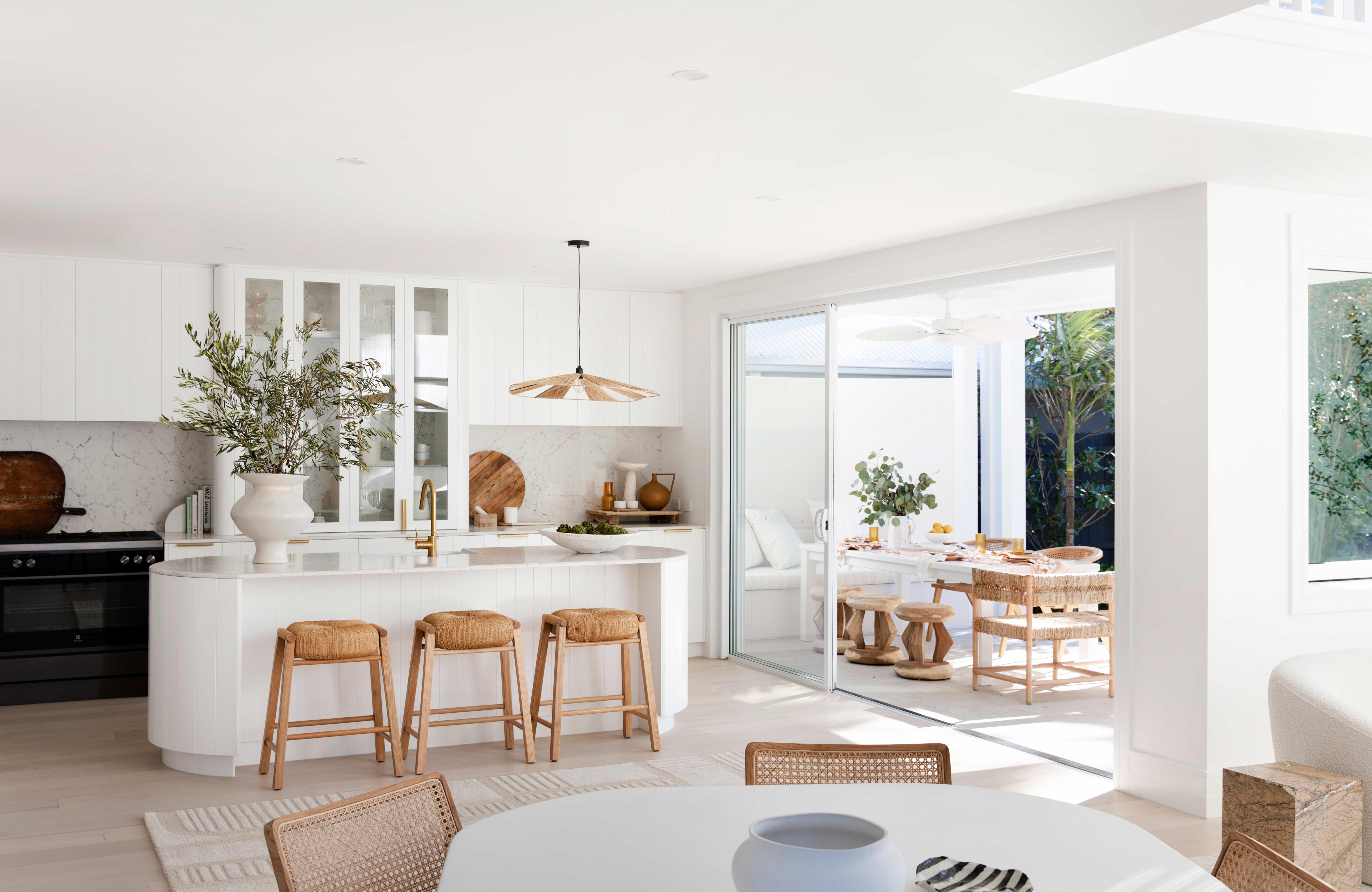Transform Your Home With Crucial Concepts of Inside Layout and Visual Appeals
By comprehending the influence of shade theory and the significance of appearance and patterns, one can develop spaces that are not only aesthetically appealing but also deeply individual. Accomplishing this equilibrium includes even more than plain decoration; it includes a tactical plan and an eager understanding of how each component communicates within an area.
Understanding Color Theory
Color concept is a fundamental aspect of indoor style that substantially affects mood, understanding, and general visual. Understanding the principles of color theory allows designers to create spaces that resonate mentally with owners while satisfying useful requirements (luxury interior design). Shades can be classified into 3 main kinds: primary, additional, and tertiary. Each classification plays a vital function in developing consistency within a room.
The mental influence of shades is extensive; warm shades such as reds and oranges evoke energy and heat, while trendy tones like blues and eco-friendlies promote peace and tranquility. The usage of complementary shades enhances aesthetic rate of interest, developing striking contrasts that can raise a space's allure.
Neutral colors, on the various other hand, work as a versatile backdrop, enabling various other style aspects to shine. It is necessary to consider variables such as lighting and the space's purpose when choosing a shade palette, as these can change the perception of shades throughout the day.
Ultimately, a well-considered color pattern can transform a room, promoting a feeling of comfort and design that aligns with the inhabitants' choices. Proficiency of color concept is, therefore, an essential skill for any indoor developer intending to produce unified and inviting environments.
Attaining Balance in Design
Just how can designers attain a feeling of stability in their rooms? Accomplishing balance in design is basic to producing harmonious insides. Developers can use three key sorts of balance: symmetrical, asymmetrical, and radial. Balanced equilibrium involves arranging elements evenly around a main factor, promoting a sense of order and serenity. This type usually includes sets of furnishings or art work, enhancing visual stability.
Unbalanced equilibrium, on the other hand, depends on differing components that still attain a natural look. This technique enables more vibrant and casual plans, providing passion while keeping balance. By thoroughly selecting differing sizes, colors, and appearances, developers can produce a visually engaging area that feels well balanced yet energised.
Radial balance stresses a main centerpiece with components emitting outside. This style is frequently seen in circular layouts, where furnishings and decor produce a cohesive border that attracts the eye inward.
Inevitably, accomplishing equilibrium needs thoughtful factor to consider of range, percentage, and the partnerships in between elements. miami luxury interior design. By skillfully applying these equilibrium principles, developers can transform areas right into environments that feel both cosmetically pleasing and functionally harmonious, improving the overall experience for passengers
Importance of Spatial Understanding

A keen sense of spatial awareness allows designers to identify focal points within a space, directing the customer's focus to key features while preserving a general sense of unity. It likewise helps in the critical placement of lights, which can dramatically influence the understanding of area and mood. Moreover, comprehending spatial partnerships makes it possible for the developer to deal with the details demands of inhabitants, making certain that each location offers its desired objective without compromising looks.
Inevitably, spatial awareness is essential for making the most of the capacity of any type of interior area. By thoroughly thinking about the interaction in between measurements, design, and function, designers can develop atmospheres that not only meet functional needs yet likewise stimulate a sense of convenience and charm, enhancing the total living experience.
Including Structure and Patterns
Embracing a varied variety of textures and patterns can dramatically a knockout post improve the visual and responsive appeal of an indoor space. The critical use of numerous materials-- such as timber, metal, textile, and rock-- creates depth and passion, making an area really feel more inviting and vibrant. For example, combining smooth surfaces with harsh textures can establish an equilibrium that draws the eye and engages the detects.
When integrating patterns, take into consideration both range and repeating. Large patterns can function as focal factors, while smaller, refined layouts can match other elements without overwhelming the space. Layering patterns, such as pairing flower paddings with striped throws, adds intricacy and a sense of harmony if implemented thoughtfully.
It is additionally important to maintain a natural color combination, ensuring that structures and patterns interact instead of contend for focus. By selecting a couple of essential textures and patterns, you can develop a merged aesthetic that shows your personal design while enhancing the overall atmosphere of the room. Inevitably, the mindful consolidation of these elements can change a mundane room into an innovative atmosphere abundant with character and heat.
Customizing Your Room
Producing a space that shows your personality is essential to achieving an absolutely inviting setting. Personalization in indoor design enables you to infuse your special design and rate of interests right into your home, changing it from a mere sanctuary right into a haven that talks to who you are. Begin by picking a color combination that reverberates with your emotions-- bold tones can energize, while soft tones provide harmony.
Include artwork and design that show your interests, whether it be traveling, nature, or abstract principles. Displaying personal collections, such as books, photos, or keepsakes, can stimulate cherished memories and create prime focus within an area. Additionally, consider personalizing useful items, like upholstered furniture, to align with your visual choices.

Verdict
To conclude, the improvement of a home through the important concepts of interior decoration and looks requires an extensive understanding of color concept, balance, spatial recognition, appearance, and personalization. Each element adds significantly to creating an unified and functional living atmosphere - miami luxury interior design. By attentively integrating these concepts, wikipedia reference individuals can improve the visual charm and psychological resonance of their rooms, eventually cultivating a site link home that reflects one-of-a-kind identities while supplying comfort and functionality